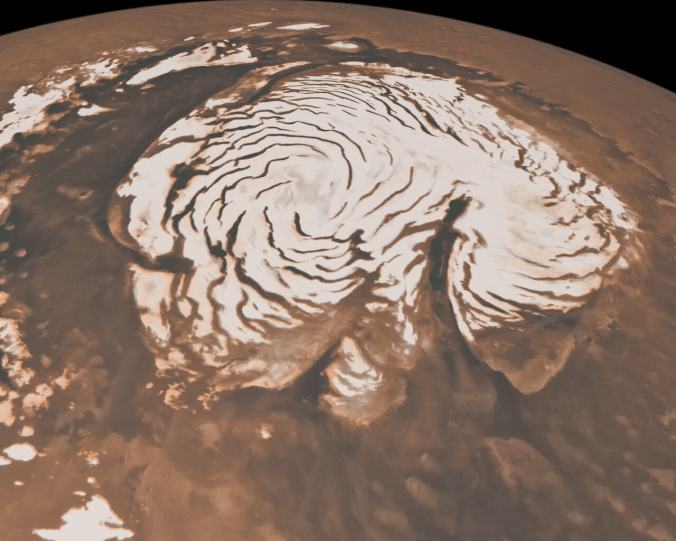NASA’s top scientist has worked his final days, and now he’s moving on to greener … planets?

After four decades with the space agency, Jim Green has hung up his hat and is now turning his focus to his plan to make Mars a planet fit for human exploration and, perhaps, habitation.
Green has held the title of chief scientist with NASA for the past three years, and his tenure also included 12 years at the director of NASA’s planetary science division. His retirement began at the beginning of this year.
But he’s also been working on a plan to terraform Mars by jumpstarting the planet’s magnetic field, which could eventually control the climate in a way that would allow Mars to sustain human life.
“For a long-term human presence on Mars to be established, serious thought would need to be given to terraforming the planet,” Green, and other scientists, wrote in a November 2021 paper that will print in the journal Acta Astronautica this month. “One major requirement for such terraforming is having the protection of a planetary magnetic field which Mars currently does not have.”
In an interview with the New York Times, Green broke down what would need to happen in order to trap more heat on Mars, warm its climate, and make it habitable.

Currently, the sun strips away about 90 per cent the Martian atmosphere, but Green says that if the stripping is stopped, pressure will increase and Mars will begin to terraform. One of the ways he’s proposed this is possible is by building a giant magnetic shield that could be placed between the sun and Mars.
“There are several scenarios on how to do the magnetic shield. I’m trying to get a paper out I’ve been working on for about two years. It’s not going to be well received,” Green said.

Get breaking National news
“The planetary community does not like the idea of terraforming anything. But, you know, I think we can change Venus, too, with a physical shield that reflects light. We create a shield, and the whole temperature starts going down.”
Green said that the first step to human life on Mars would be bringing the climate to a point where “blood doesn’t boil if you walk out on the surface.” Ditching space suits would ultimately allow inhabitants more mobility, and the climate readjustment would allow for plants to grow.
Without a constant stream of high-energy particles, the Martian atmosphere would begin to rebuild itself over time.
Green first revealed his Mars plan in 2017, during a presentation at the NASA Planetary Science Vision 2050 Workshop at NASA’s headquarters in Washington, D.C.
“The solar system is ours, let’s take it,” Green told the workshop. “And that, of course, includes Mars. But for humans to be able to explore Mars, together with us doing science, we need a better environment.”
Blocking Mars from the sun would not only allow the regeneration of the atmosphere, said Green, but would also allow for trapped water — an essential element for life — to rise to the plant’s surface.
Green’s presentation showed how, in just a matter of years, Mars could achieve an “Earth comparable field.”
Increasing the pressure would warm the planet’s equator, and eventually the polar cap would collapse, allowing the release of carbon dioxide. The carbon dioxide would turn to gas and begin to fill the atmosphere, melting ice and allowing the return of seas.

In just a couple of years, Green hypothesized, the climate would stabilize.
“This is not terraforming, as you may think about it, where we actually artificially change the climate,” Green said.
“We let nature do it. And we do that based on the physics we know today.”













Comments